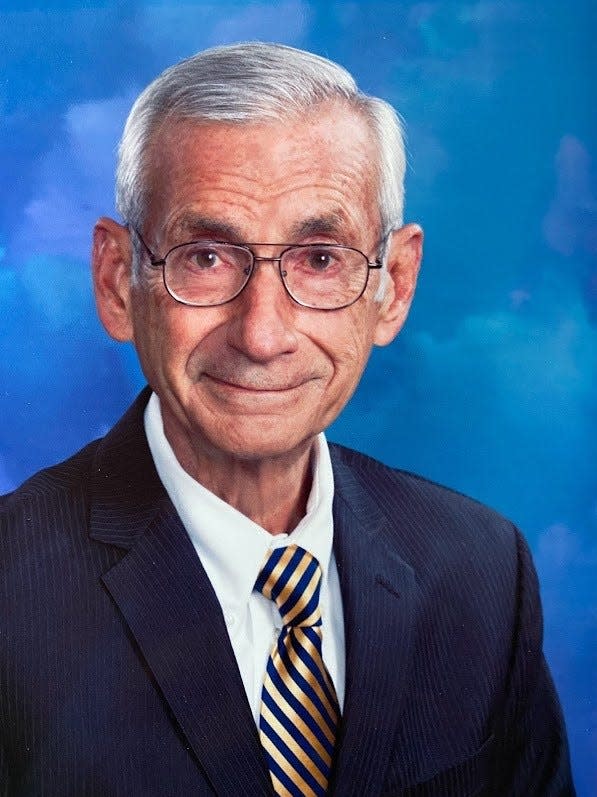Bartecchi: Paxlovid vs. COVID-19
At our recent American College of Physicians meeting there was a lot of mention of Paxlovid, the oral antiviral medicine that can be taken at home to keep high risk patients from getting so sick that they needed to be hospitalized. Paxlovid has been shown to be highly effective in unvaccinated as well as vaccinated individuals especially when taken early in the course of the illness (within the first 5 days). Once you have been ill for more than a week, the damage in a severe case cannot be undone.
Paxlovid has many advantages. It is active against all presently known Omicron variants. Adverse events are unusual and usually not serious. Allergic reactions can occur but are not common. Adverse events occur in about 23% of patients, about the same as placebo. These mostly include altered or impaired sense of taste, diarrhea or muscle aches. For those patients with kidney disease or severe liver disease, Paxlovid may need to be withheld or dose modified. Paxlovid should be offered to people who are eligible regardless of their vaccination status.
One of the surprises at the Conference was the significant underuse of Paxlovid by people 65 or older, the group at the highest risk for serious illness and death from the virus. Though the number of COVID infections are down this spring, still 100,000 Americans are still being infected every week with 400 to 500 dying from the infection every day, with many of the latter over 75 years old. Had many in that group received Paxlovid, many lives could have been saved. Paxlovid reduces the risk of hospitalization or death by 89%, especially in the unvaccinated.
There are thoughts as to why Paxlovid was withheld by doctors or caregivers. One thought was for concern for drug interactions, though these can be satisfactorily addressed by ones physician or a prescribing pharmacist. Another concern was related to questions of such patients having rebounds of symptoms or a positive COVID test 2 to 8 days after completing the 5 day course of Paxlovid. Actually, rebound is not that common (about 3%) and can occur even in those not given Paxlovid. No treatment is needed in these cases. Paxlovid is ineffective in low risk patients and for post-exposure prophylaxis, people who feel that they were in close contact with a COVID victim and desire not to become down with the illness.
White House COVID Chief, Dr. Jha, commented on the recent Veterans Affairs study which suggested that Paxlovid could reduce long COVID. He notes that though the study is not confirmative, one theory about the cause of long COVID is persistence of the virus. If you shut down viral replication with a really powerful antiviral like Paxlovid, you are going to get less persistence of the virus. He feels that it makes sense that Paxlovid might reduce long COVID.
In spite of the emphasis on using Paxlovid for qualified individuals over age 65, Dr. Jha states that he, in his early 50s, would take it for treating his COVID-19 infection and would take it for treating others in their 50s, especially those with chronic conditions or risk factors that might make them eligible for such treatment.
The cost for Paxlovid is about $530.00, but is paid for by the Federal Government. When the state of emergency is lifted in May, Medicare and Medicaid is still expected to cover the costs. Private insurance co-pays are unknown.
On a personal note, my wife and I, both in our 80s, both fully vaccinated and boosted, on the day of our return from Vietnam, had a dry cough and a mild sore throat. A COVID test was positive and Paxlovid was started the same day. Within four days, our symptoms were relieved. On our trip, we lumbered through crowded airports and planes where few if any travelers were wearing masks.
We were all victims of misinformation that came from a NY Times op-ed, where one of their columnists using a Cochrane Review, tried to make a statement that said that masking doesn’t do much. Baylor COVID expert, Peter Hotez, slammed the review and showed it to be flawed. The NY Times did not distinguish between the types of masks. N95 and KN95 masks make a big difference. So then, if you are at high risk and going to a crowded venue, you may still want to wear a proper mask.
For full disclosure, I must state that I own no stock in Pfizer and do not profit in any way from sales of Paxlovid.

Dr. Carl E. Bartecchi, MD, is a Pueblo physician and clinical professor of medicine and the University of Colorado School of Medicine.
This article originally appeared on The Pueblo Chieftain: Bartecchi: Paxlovid vs. COVID-19
